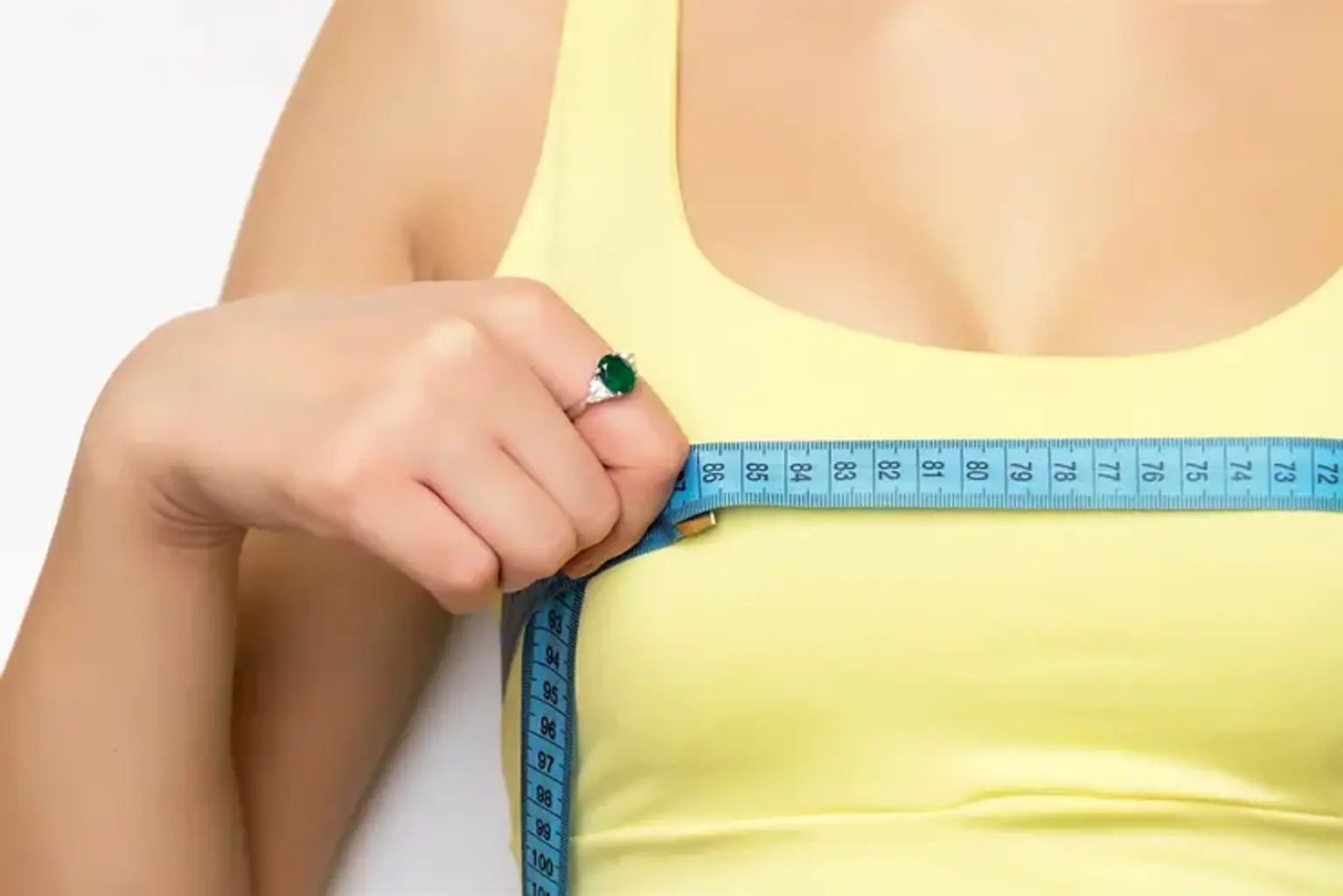Overview
Breast augmentation is the use of breast implants to enlarge the breasts. There are numerous types of breast implants available, and dealing with a qualified and respected plastic surgeon who specializes in breast enhancement is the best approach to achieving the desired results. Breast augmentation gives immediate and stunning results whether you want to augment the breasts, improve the form, obtain a higher breast profile projection, assure breast symmetry, or restore volume that has been reduced with age or post-partum. For some years, breast augmentation has been the most common plastic surgery around the world, with one of the greatest patient satisfaction rates of any cosmetic surgery procedure. Breast implants have been associated with improvement in self-esteem and self-confidence, in addition to improving the aesthetics of the breasts, making them look more youthful and feminine.
What is Breast Augmentation?
Breast augmentation is a surgical technique that improves the form and size of the breasts. Skilled breast augmentation doctors place breast implants to boost the size and form of the breasts. Breast augmentations are one of the most common cosmetic surgery treatments in the United States, with the best patient satisfaction rate in the industry, and can result in enhanced confidence, self-esteem, and a higher quality of life. Because each patient's reason for receiving breast implants is unique, the hospital provides a specialized service that is customized to your specific needs.
